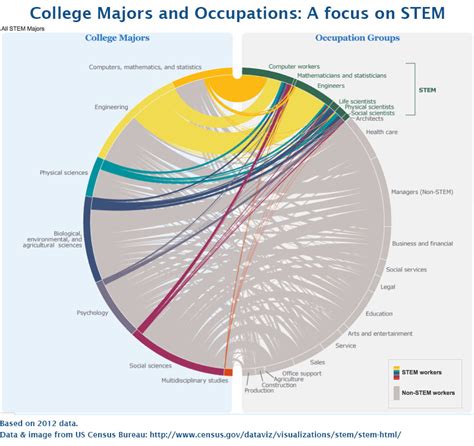Architecture has traditionally been classified in the arts and humanities, but increasing evidence points to its STEM (Science, Technology, Engineering, and Mathematics) nature. The question of whether architecture is a STEM major remains a topic of debate. This article examines the arguments for the designation, highlighting the STEM principles and skills embedded within architectural practice.

Understanding Architecture and STEM
Architecture is a vast field encompassing the design, planning, and construction of buildings and other physical structures. It involves a combination of creative, technical, and scientific knowledge. While its artistic aspects are undeniable, architecture also requires a solid foundation in STEM disciplines.
STEM Principles in Architecture
Science:
- Physics: Understanding the forces that govern the behavior of materials and structures
- Chemistry: Knowledge of material properties and reactions for building construction
- Environmental Science: Designing for sustainability and energy efficiency
Technology:
- Computer-aided Design (CAD): Using software to create digital models and simulations
- Building Information Modeling (BIM): Collaborative software that integrates all aspects of construction
- Advanced Fabrication: Utilizing novel technologies for innovative design solutions
Engineering:
- Structural Engineering: Designing load-bearing systems to ensure stability
- Mechanical Engineering: Integrating heating, ventilation, and air conditioning systems
- Electrical Engineering: Providing power and lighting solutions
Mathematics:
- Geometry: Understanding spatial relationships and applying mathematical principles to design
- Trigonometry: Calculating angles and distances for accurate measurements
- Calculus: Analyzing forces and stresses on structures
Skills Developed in Architecture Education
Architecture curricula emphasize a wide range of STEM skills:
- Problem-Solving: Analyzing complex design challenges and developing innovative solutions
- Analytical Thinking: Understanding technical information and applying mathematical principles
- Computational Proficiency: Using technology to design, analyze, and document architectural projects
- Communication: Effectively conveying technical concepts through drawings, presentations, and writing
Benefits of Architecture as a STEM Major
Increased Career Opportunities: STEM-designated architecture graduates have access to a broader range of industries, including technology, engineering, and sustainability.
Enhanced Earnings Potential: According to the U.S. Bureau of Labor Statistics, STEM graduates earn higher salaries on average than those in non-STEM fields.
Increased Research Opportunities: Architecture research often incorporates STEM disciplines, creating opportunities for students to engage in cutting-edge projects.
Strong Foundation for Further Education: A STEM background in architecture provides a solid foundation for pursuing advanced degrees in related fields, such as engineering or urban planning.
Common Mistakes to Avoid
- Assuming that architecture is solely an artistic endeavor
- Overemphasizing creativity at the expense of technical proficiency
- Neglecting STEM principles in architectural design
- Failing to stay updated on emerging technologies in the field
Step-by-Step Approach to Incorporate STEM into Architecture
- Integrate STEM principles into architecture design studios
- Offer courses on science, technology, and engineering to architecture students
- Partner with engineering departments for interdisciplinary collaboration
- Encourage students to engage in research projects that explore STEM aspects of architecture
- Promote industry partnerships that provide STEM-related internships and mentorship
Conclusion
The growing integration of STEM principles and skills into architectural practice suggests that architecture is indeed a STEM major. By embracing the STEM designation, architecture programs can prepare students for the challenges of a rapidly evolving industry and enhance their career prospects. By recognizing the inherent STEM nature of architecture, universities, educators, and professionals can foster a new generation of innovators who will shape the built environment of the future.
